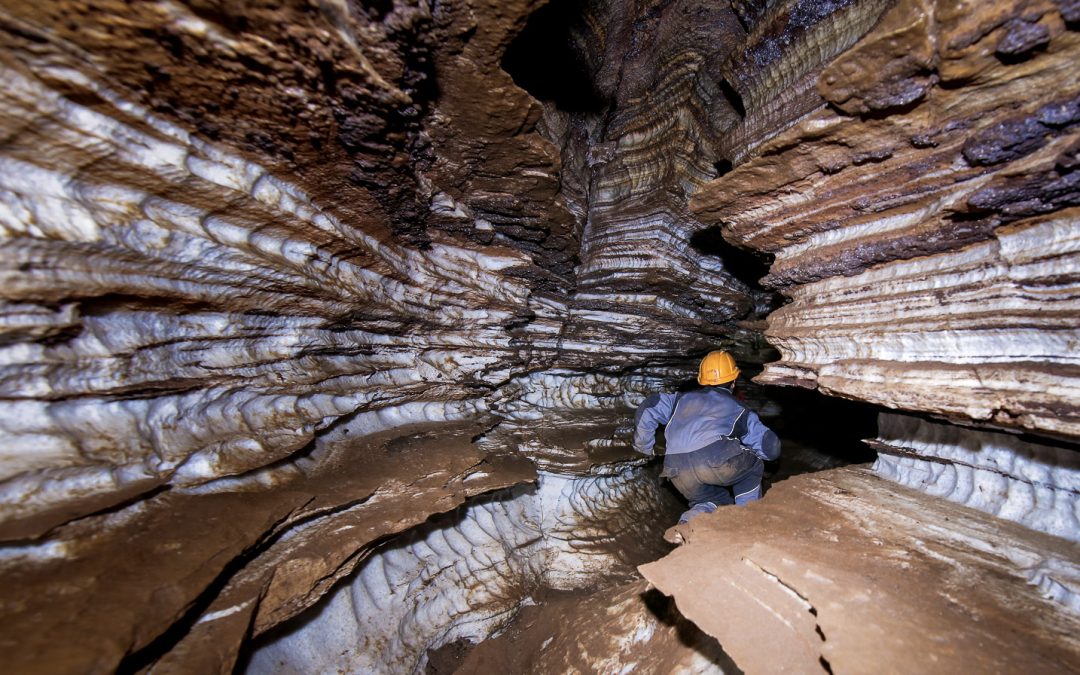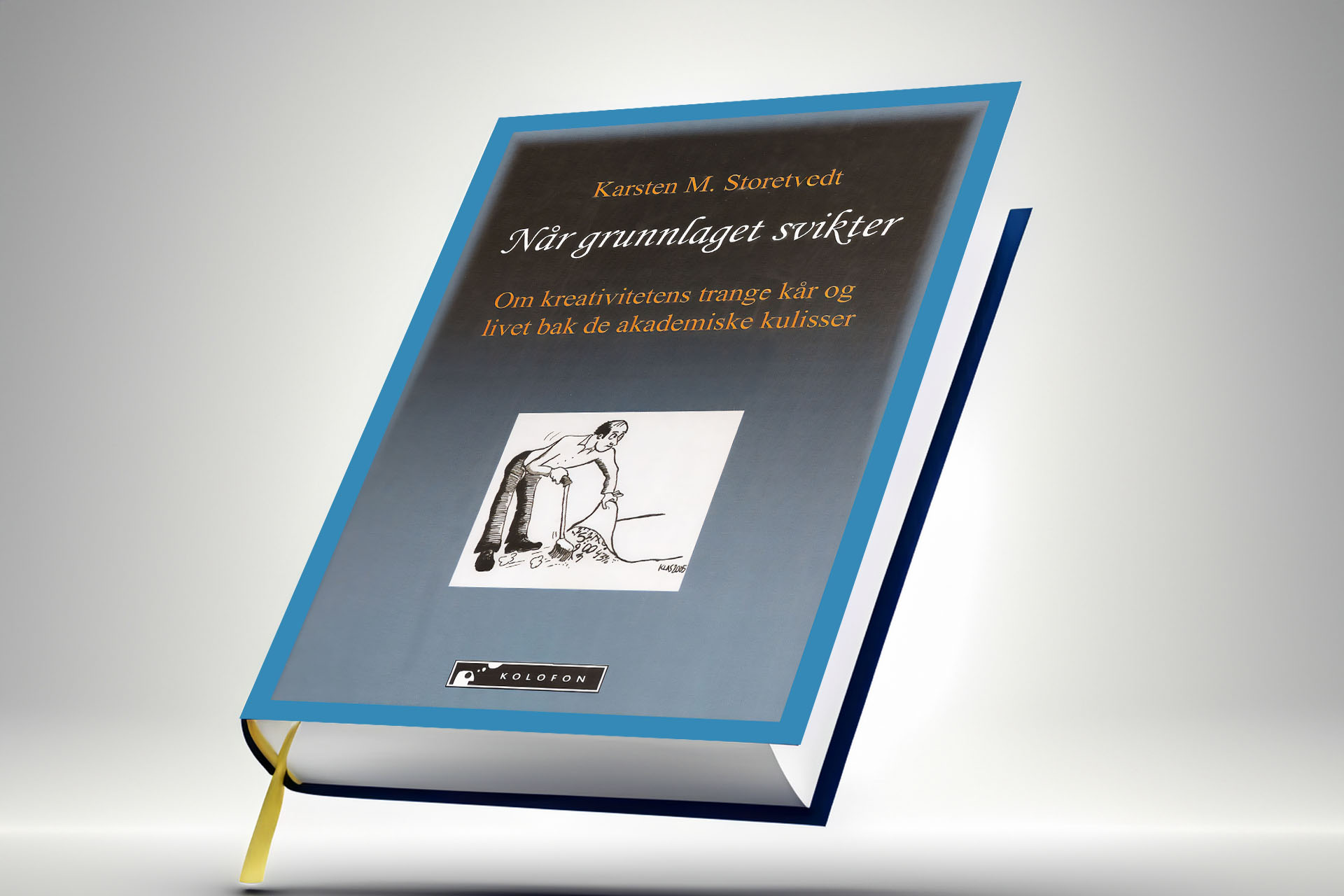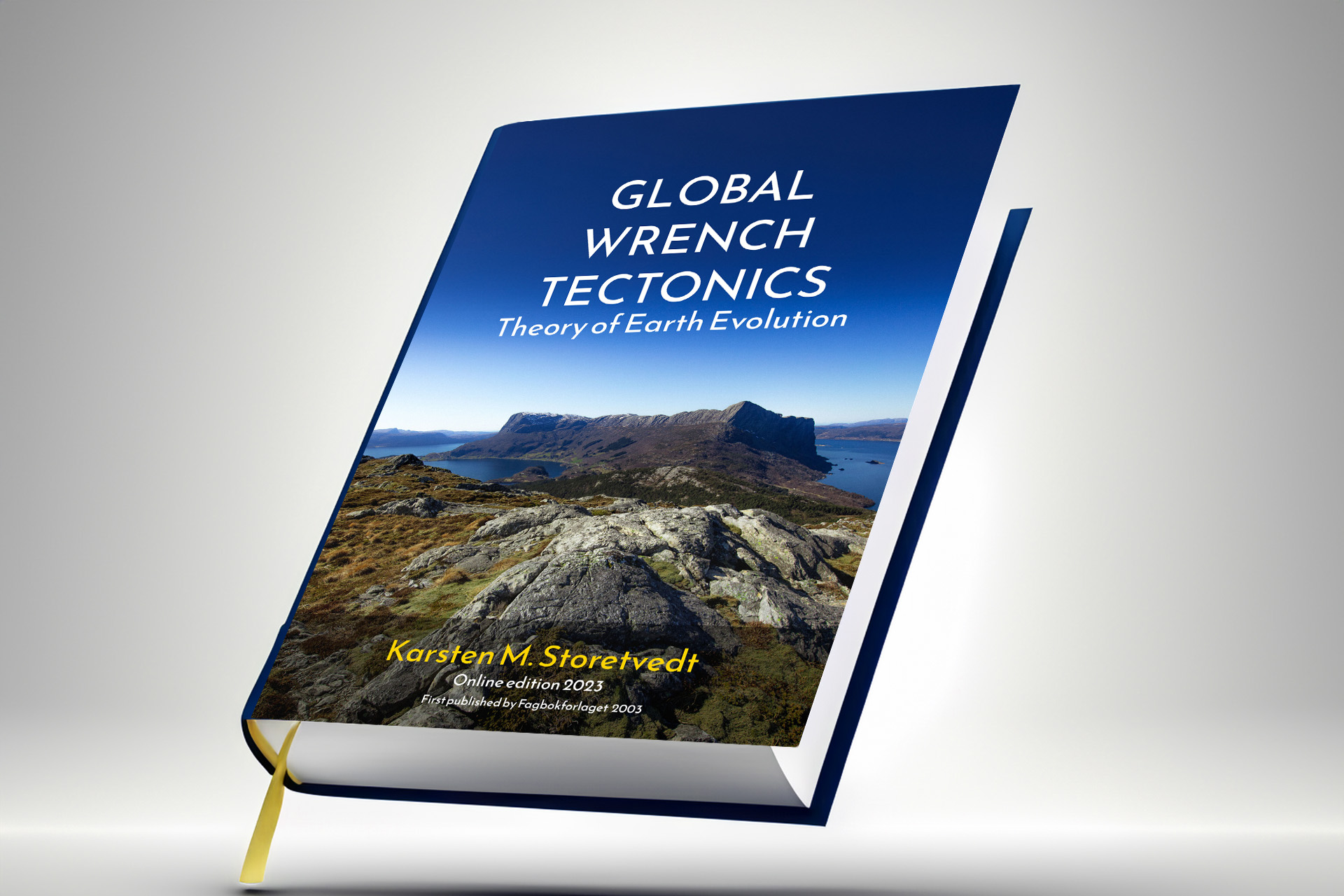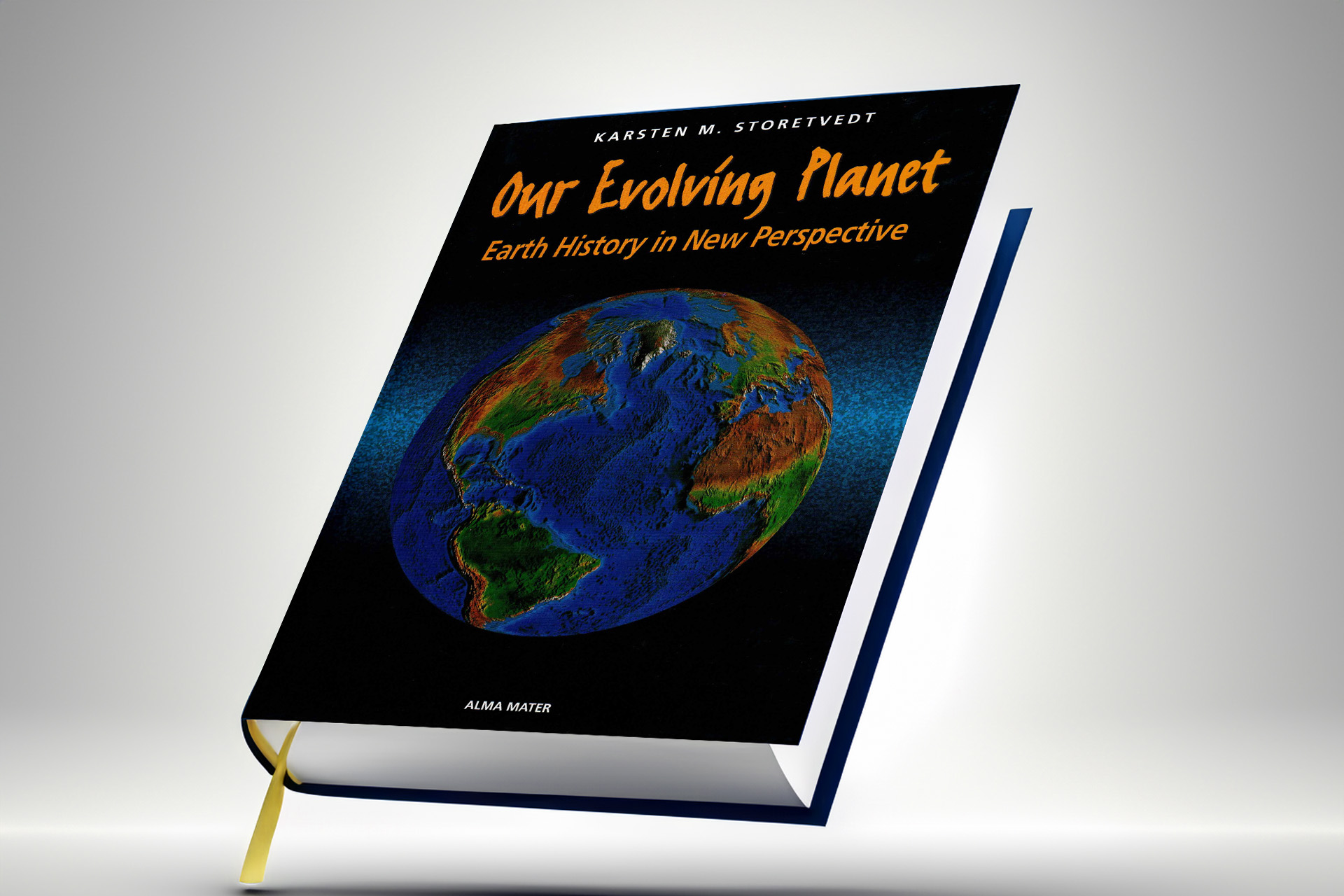Geophysics & Earth Evolution
Prof. K.M. Storetvedt

Karsten M. Storetvedt
(1935 - present)
Karsten M. Storetvedt obtained his masters degree in 1962 and his Ph.D. in 1969. He has been associated with the University of Bergen since 1962, becoming a professor of geophysics in 1973. At the Geophysical Institute in Bergen, he taught modern perspectives on the Earth’s development (continental drift and plate tectonics) for nearly 10 years before such ideas became standard within Norwegian geological education. However, today he considers this theory to be the most serious misconception in the history of earth sciences.
(click for more)

Coming to grips with the World of Science
“The fact that science is also a human activity with all its “binding factors” – including the complex web of social, cultural and psychological circumstances – holding us prisoners of contemporary ingrained ideas, was not in my mind. With the benefit of hindsight I gradually came to realize that I had grown up with the erroneous notion that the scientific establishment at large welcomes progress, which in fact is the opposite of what is generally true.”

The Theory: Global Wrench Tectonics
“In fact, it looks as if the Earth is in a state of chemical disequilibrium. Degassing of the core and lower mantle is apparently incomplete, probably implying that the temperature of the deeper parts of the planet has always been moderate – higher temperature and magma pockets being properties only of the outer few hundred kilometres. When extended to the surface, upstanding segments of the C-M boundary tend to correspond to deep oceanic depressions, while ‘topographically’ lower C-M regions accord with the location of the continents and their mantle roots.”
Selected articles

Geoscientific Urban Legends
DISCUSSION “[A well-trained rationalist] will obey the mental image of his master, he will conform to the standards of argumentation he has learned, he will adhere to these standards no matter how great the confusion in which he finds himself, and he will be quite...

Habitual thinking, scholarly freedom and liberal education
The essence of the conceptual problem seems to be that openness about the factual problems and even consideration of alternative solutions could easily create difficulties in a geophysicist’s academic life.

Accounting for a Mobilistic Earth
Prejudices, for one reason or another, frequently complicate a straight-forward interpretation of data. Besides, observations are always theory-laden – in the sense that they assume, usually without argument or justification, particular background assumptions or a bridging thought constructions.




